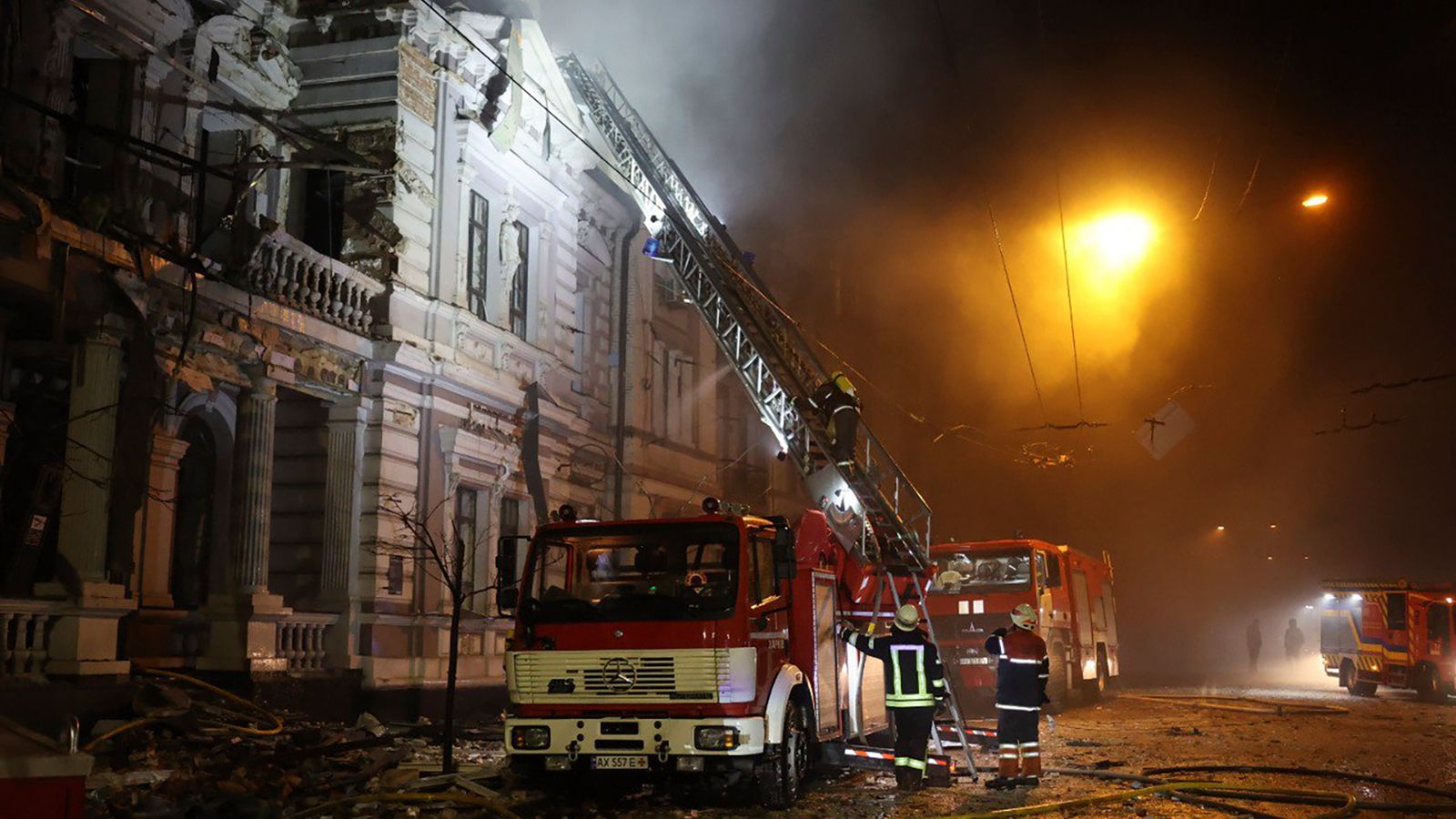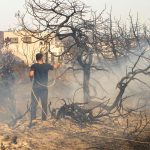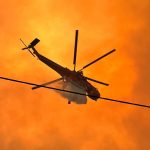A grim new year has started early in Ukraine with one of Russia’s most savage aerial attacks for months followed by Ukrainian missile barrages fired in return into Russian border towns.
The attacks that have killed and injured many lives are bad omens for a year that is likely to see much more of the same.
While the world’s attention has been focussed on the war in Gaza, they remind us a much bigger and potentially more consequential conflict continues to rage much closer to home.
On the frontline, the war in Ukraine is stuck in a brutal, grinding holding pattern. Ukraine has proven incapable of pushing Russian forces back after the West failed to give it the right amount of weapons soon enough to do the job.
Ukraine’s NATO backers are overwhelmingly superior in military muscle to Russia but have proven unwilling to share enough of it in a timely fashion to repel Moscow’s unprovoked invasion.
And Russia is building up a steady firepower advantage over Ukraine thanks to the support of other autocratic nations.
Iran is thought to have sold thousands of drones, and possibly the know-how, for Russia to make more of its own.
Ukraine’s biggest cities targeted in strikes as Kyiv’s air force says 21 Russian drones were destroyed
Russian celebrities fined and jailed over ‘almost naked’ nightclub party
Ukraine and Zelenskyy: What went wrong in 2023? And what next?
And North Korea has sent a million shells in the last few months, three times as many as the European Union has despatched to Ukraine in the same time frame. Europeans had also promised a million munitions but have fallen hopelessly short.
Please use Chrome browser for a more accessible video player
Read more:
What went wrong for Ukraine in 2023? And what next?
US military kills rebels attacking container ship in Red Sea
Ukraine’s backers have sent more air defence missiles, Britain supplying a new batch most recently. But it is a big country and that only goes so far, protecting some of the bigger cities but leaving other areas exposed.
Attacks from the air are designed to demoralise an enemy. Ukrainians face power cuts with constant attacks on their infrastructure and the uncertainty of knowing whose neighbourhood will be hit next.
The optimism of last Spring as Russian forces were forced to withdraw from round Kherson and Kharkiv has been dashed. Kharkiv is receiving a pummeling from the air and Kherson has effectively been evacuated thanks to attacks there.
And denting morale further are delays in more aid being approved in the West, thanks to political wrangling in both Washington and Brussels.
The West’s much vaunted sanctions failed to deter Russia’s invasion and despite supplies of purportedly state-of-the-art western equipment and training, Ukraine’s counteroffensive has ended in failure too.
Be the first to get Breaking News
Install the Sky News app for free
Russia does not have the capability of going on the offensive again, yet.
But it has put its economy on a war footing and faced no political fallout so far for pouring hundreds of thousands of men into what Russians themselves have called the meat grinder in Ukraine.
It has a lot more resources to draw on than Ukraine, unless Western supporters do more and step up to the plate.
Fatigue, distraction and a storm of Russian misinformation online appears to be turning some in the West away from supporting Ukraine.
It is likely to be a year of consolidation at the front for both sides as both Russia and Ukraine “hold and build” as American strategists are advising Kyiv.
Meanwhile, the assault on Ukraine’s home front from the air will go on relentlessly, with Ukrainian civilians bearing the brunt.






















